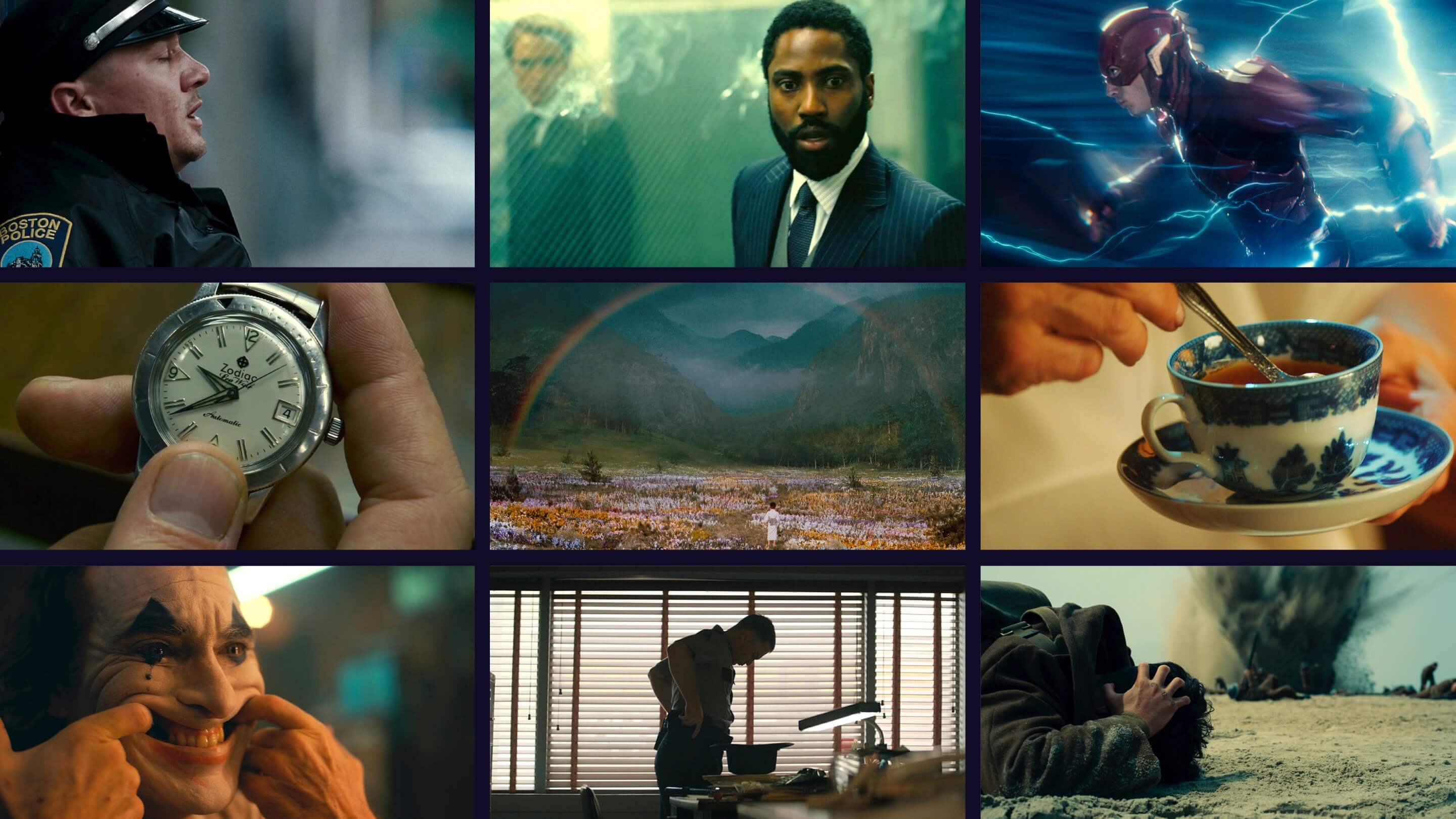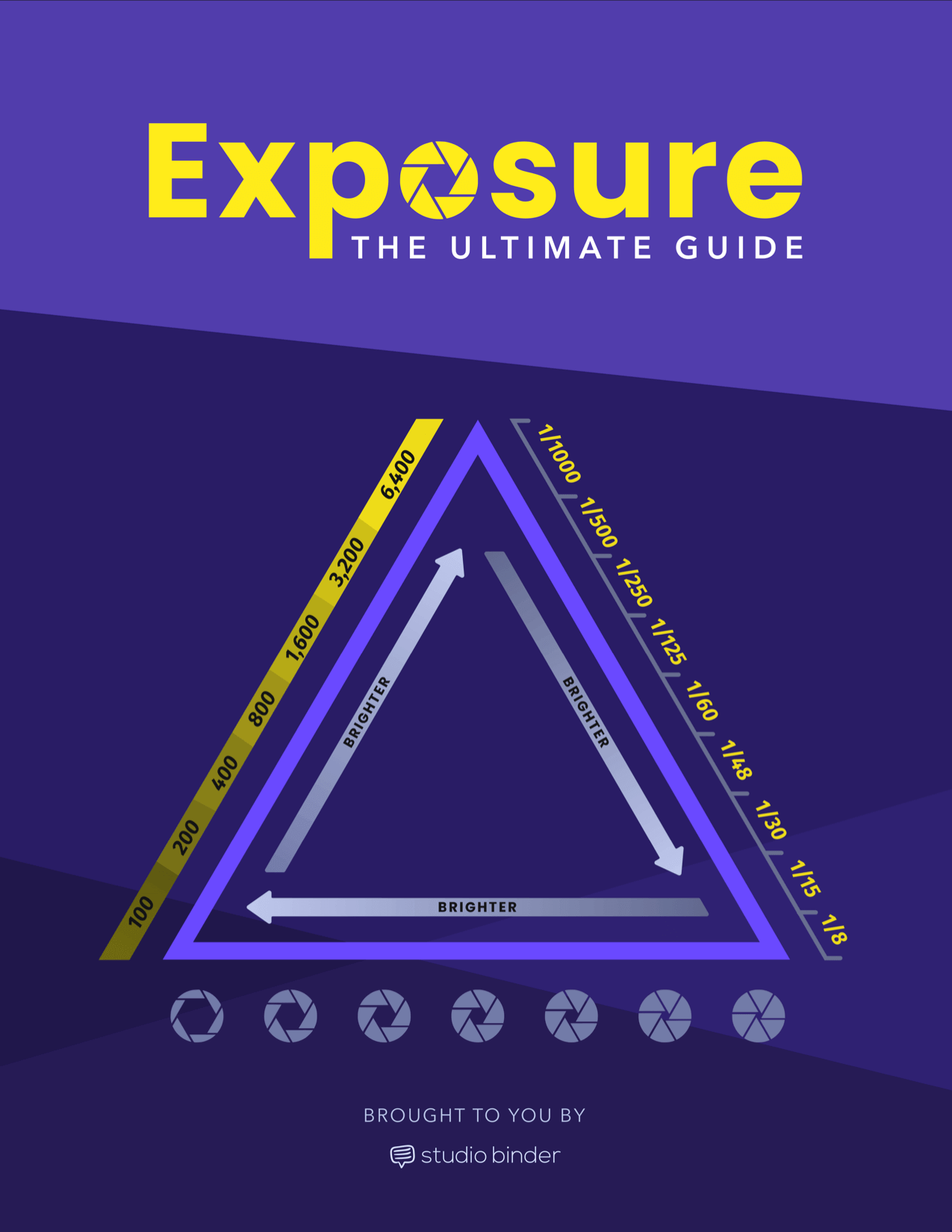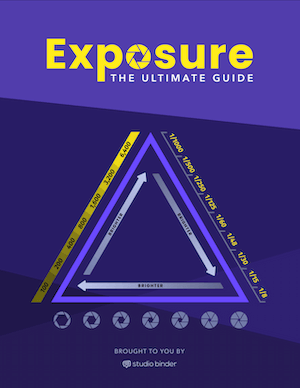If you know how to adjust your aperture on your digital camera, you’re much closer to mastering lighting and nailing the right exposure for your shots. Without knowing how to use aperture, and how it works with other camera settings, you could be at a real disadvantage when it comes to creating quality images and video. So what is aperture and how does it work in visual storytelling?
Define Aperture
What’s a camera aperture?
While aperture is considered a camera setting, it’s really a lens adjustment. As we’ll learn, a camera aperture affects two critical components of taking a great photo — light and focus.
The road to creating better quality photos and footage starts with an understanding of the mechanisms at play. Before we get into some examples and techniques, let's begin with a camera aperture definition.
Aperture Definition
What is aperture?
Aperture is the opening of the lens through which light passes. When you hit the shutter release button to take the picture, the camera aperture opens to the predetermined width, letting a specific amount of light through. A large aperture lets more light in, and vice versa. Aperture is calibrated in f/stops, written in numbers like 1.4, 2, 2.8, 4, 5.6, 8, 11 and 16. The larger the number, the narrower the aperture.
Think of the f/stop number as the radius between the rim and the hole. A higher f/stop like f/16 would measure all the space between the rim and the hole, and thus, a smaller aperture. Take a quick look at the visual below to understand the basic idea.
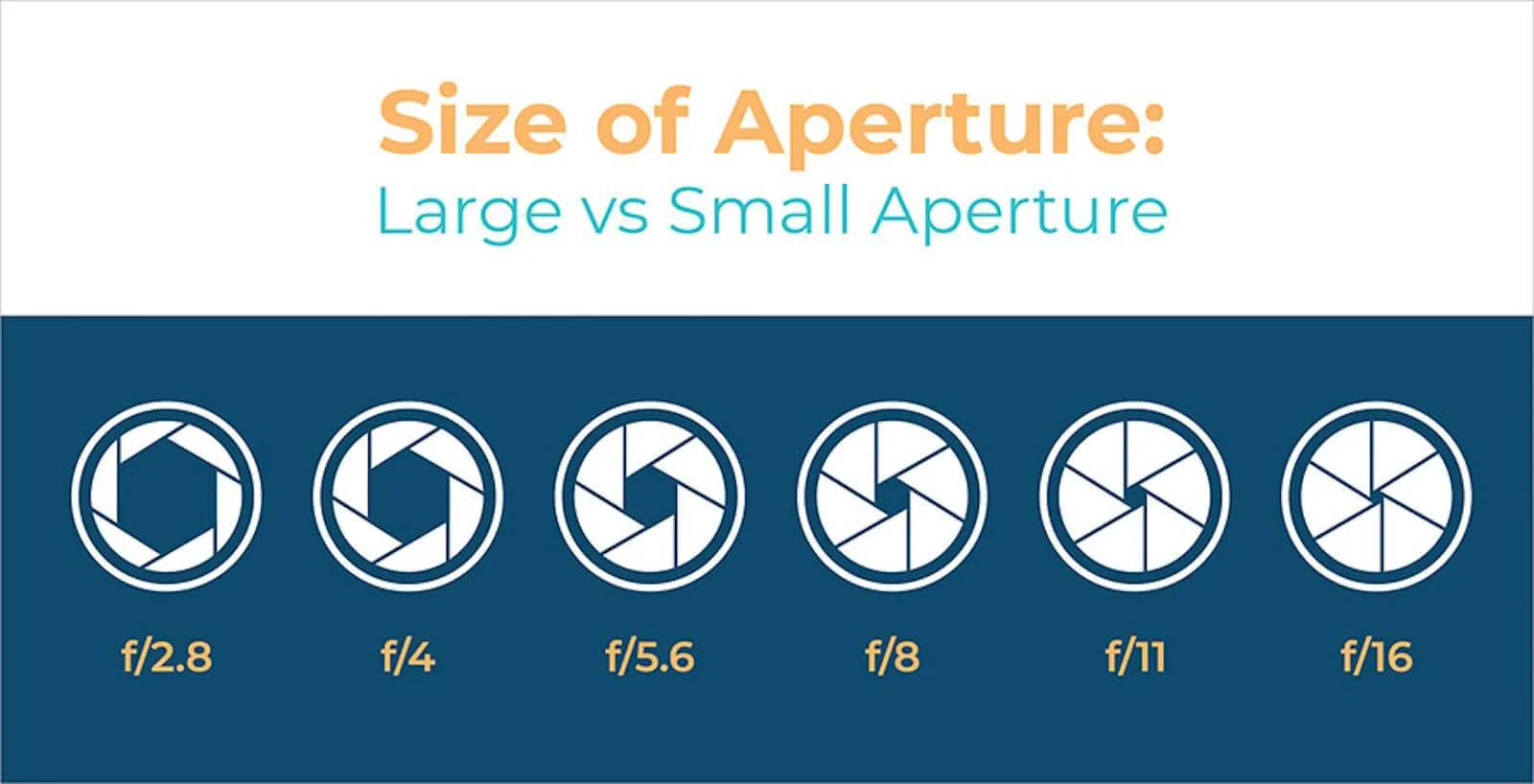
Large aperture vs small aperture settings
Before we go a little deeper into how a camera aperture can be adjusted to create different aesthetic qualities to your images, let's get a better grasp on what is aperture and how does it work.
Camera Aperture Definition with Examples
Aperture is an integral part of photography that is implemented with shutter speed and ISO in mind. These three camera settings are part of what's known as the exposure triangle, where each has a direct effect on the other. This is true for photography and videography.

The Exposure Triangle
The Exposure Triangle can be a tricky concept but we've got a resource that will explain everything. Download our FREE "Ultimate Guide to Exposure" and get started shooting!
Free downloadable bonus
FREE Download
Ultimate Guide to Exposure
The Exposure Triangle is something every photographer and cinematographer needs to master. Download our FREE e-book to get in-depth explanations and tutorials on topics like aperture, ISO, shutter speed, and how to balance these settings to nail perfect exposure every time.
Before we get too far into aperture, here are video breakdowns of ISO and shutter speed and how they function within the Exposure Triangle.
What is ISO • Subscribe on YouTube
Now let's look at shutter speed's role in the Exposure Triangle. In short, the shutter has two main functions — to capture light and motion blur. Here's a breakdown:
Shutter Speed Guide • Subscribe on YouTube
Now that we were able to define aperture, the Exposure Triangle and ISO, let's go into more specific functions and storytelling vales of these basic camera settings.
APERTURE MEANING
Camera aperture and exposure
Remember, the size of the aperture will dictate how much light gets in, and how exposed your shot will be. Naturally, the more light that comes through the lens, the brighter the image will be.
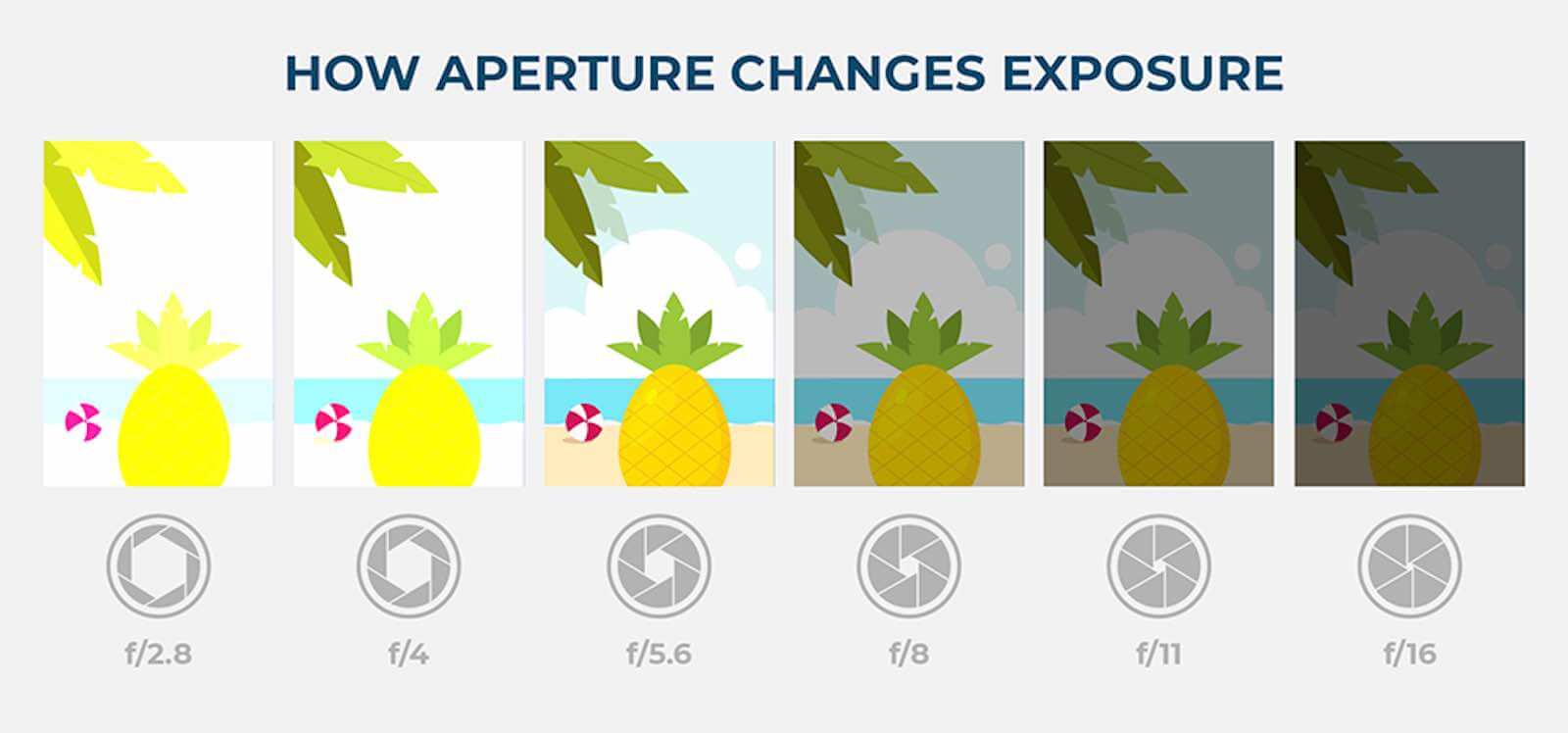


How f/stops affect exposure
If you’re in a room with a lot of natural light, a smaller aperture may suffice. It all depends on the light you need. Think about the human eye. When the room gets dark, your pupils get bigger, and they shrink when you’re in a bright, well-lit room.
Stanley Kubrick famously used a lens developed by NASA to capture scenes in Barry Lyndon lit only by candlelight. The f/stop on that lens was a staggering 0.7 and produced gorgeous and soft images.
Camera Aperture Examples in Barry Lyndon
Barry Lyndon shows us how camera aperture relates to exposure but this is just the beginning. There are two other factors to consider, especially as it relates to exposure, which are shutter speed and ISO. Learn more about how all three work together in this video.
What's the exposure triangle? Find out how all three work together
It's important to understand the relationship between aperture, ISO and shutter speed. They work together to create a wide range of images and when you master these combinations, your portfolio can be more versatile and exciting.
Aperture Explained
Camera aperture and depth of field
Of course, light exposure isn’t the only result of adjusting aperture. When you change your f/stop, you’re also affecting the depth of field.
The depth of field is an area of acceptable sharpness from foreground to background. Put simply, depth of field is how blurry or sharp the area is in front of or behind your subject.
This video will go over this simple relationship and some strategies on how to keep the elements in mind when you're shooting in the field and need to make adjustments.
How does f/stop affect depth of field?
A large aperture (a low f/stop) blurs the background with less depth of field. This is what's known as shallow depth of field. If you have a small aperture (a high f/stop), the greater the depth of field, and the sharper the background. This is what's known as deep depth of field.
Here's a breakdown of how filmmakers can use the various types of camera focus, including depth of field, in visual storytelling.
Ultimate Guide to Depth of Field • Subscribe on YouTube
Camera Aperture Examples for Depth of Field
A low f/stop creates larger foreground and background blur. This is ideal for portraits, or any photo where you want to isolate the subject.
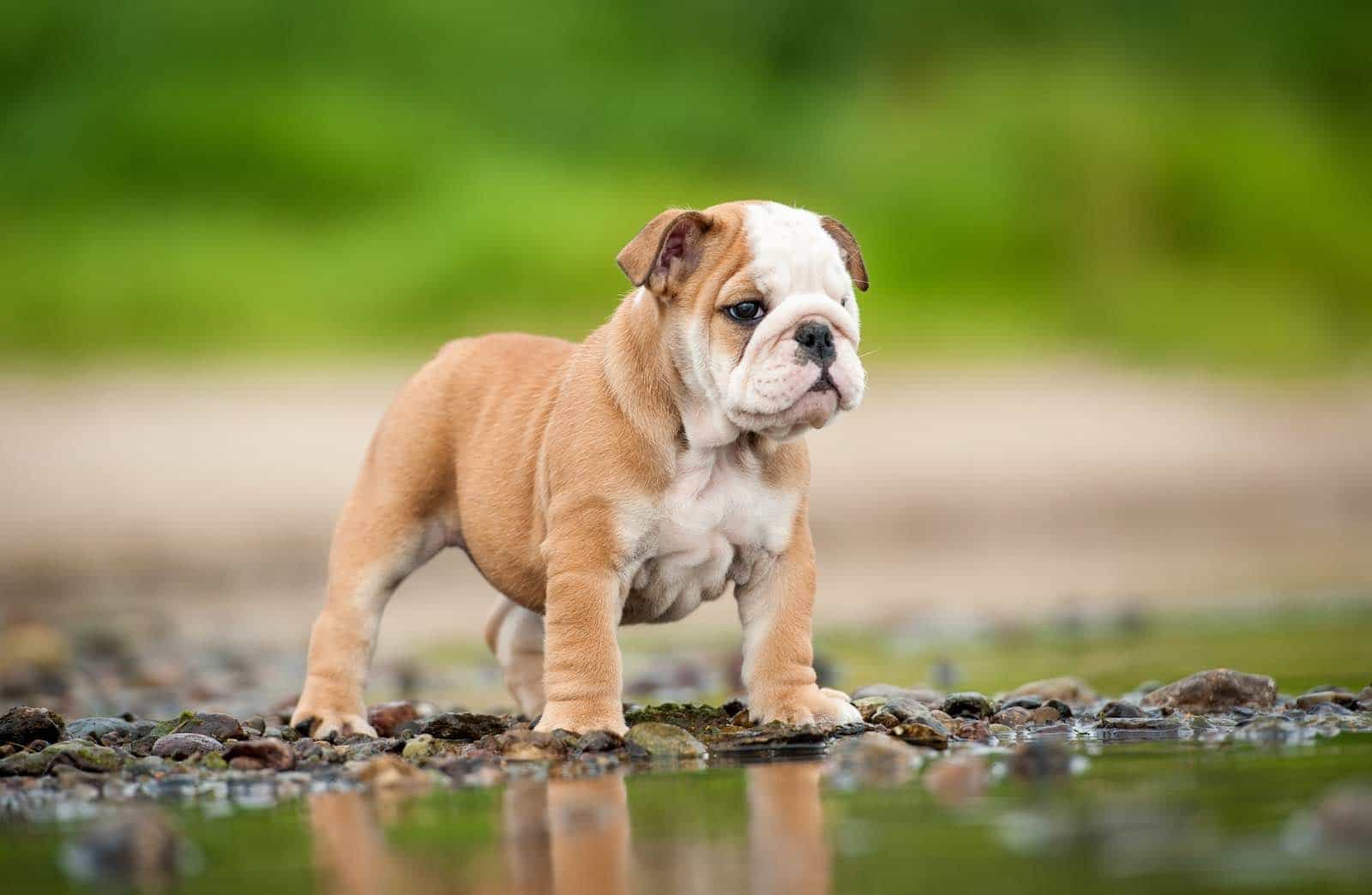


Shallow Depth of Field, see source image
Remember this would be a small number like a f/1.8 or f/2.8. In film, there are many creative and valuable applications of shallow depth of field. Let's look at a scene from Her and notice how despite the wide range of emotions throughout this scene, the shallow focus keeps our focus on the characters.
Shallow Depth of Field in Her
Conversely, a large f/stop will create a sharper image, which is ideal if you're shooting landscapes with a deep depth of field. The image below would have to have been shot in a larger f/stop number like f/16 or f/22.

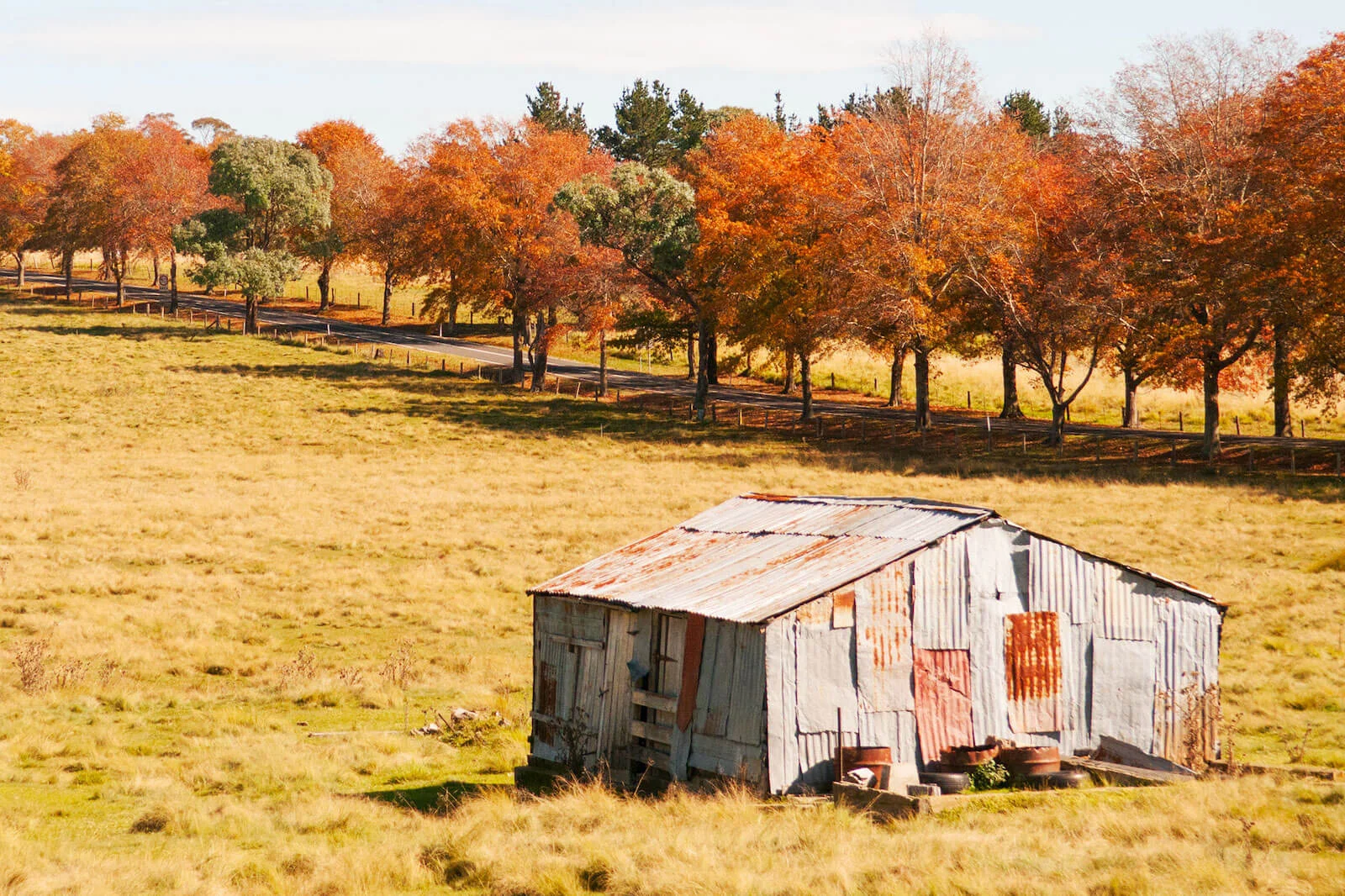

Deep Depth of Field, see source
In this scene from Atonement, we have an example of a scene shot with deep depth of field. Not only is this one of the best tracking shots ever made, it's also a great example of how to use foreground, middle ground, and background in the same shot. Without the deep depth of field, we would not be able to to capture the chaos and surreality of this situation.
Deep Depth of Field in Atonement
Now that you have more of a clear understanding of how aperture affects the brightness and sharpness of an image, let’s go deeper in the next point on the exposure triangle: ISO.
Free downloadable bonus
FREE Download
Ultimate Guide to Exposure
The Exposure Triangle is something every photographer and cinematographer needs to master. Download our FREE e-book to get in-depth explanations and tutorials on topics like aperture, ISO, shutter speed, and how to balance these settings to nail perfect exposure every time.
Up Next
The role ISO plays in exposure
Now that you know aperture, and hopefully you read our shutter speed article, you can move along to the third point of the exposure triangle. ISO. What is it and how can you use it to take professional level photos and shots? ISO is just as important in crafting quality images, making this information every image maker needs to know.
Up Next: How ISO works →
Showcase your vision with elegant shot lists and storyboards.
Create robust and customizable shot lists. Upload images to make storyboards and slideshows.
